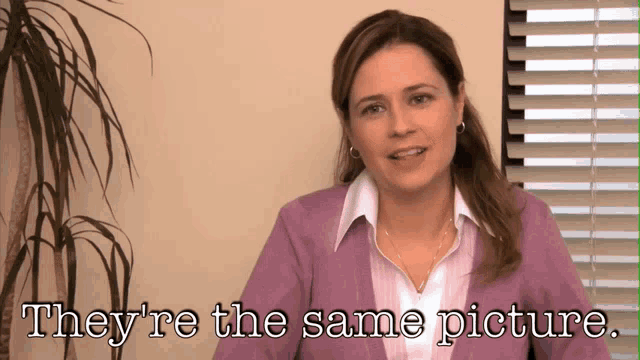Bonjour, language lovers! I’m Shivani, founder of The French Co, and if you’re just starting your French learning journey, bienvenue! Learning French is exciting, but like any new language, it’s easy to slip into some classic traps. In this guide, I’ll walk you through the common mistakes beginners make in French, and show you how to avoid these common mistakes in French language learning with examples.
1. Mixing Up Le and La (Gender Confusion)

In French, every noun is either masculine (le) or feminine (la). This can be tricky for English speakers, since English doesn’t use gendered nouns.
Example:
– le livre (the book – masculine)
– la table (the table – feminine)
Mistake: Saying la livre instead of le livre.
How to Avoid: Always learn new nouns with their article. Don’t just memorize chien (dog) memorize le chien.
2. Translating Directly from English
![Halo " Wait. That's illegal. " 4k Remastered (by AbiSV) - [4881*2544] : r/MemeRestoration](https://i.redd.it/lygfnej6hg441.jpg)
One of the most common beginner habits is trying to translate phrases word-for-word from English into French. This often leads to expressions that don’t make sense to native speakers.
Example:
– Saying Je suis chaud to mean “I’m hot” actually means “I’m sexy” in French.
– The correct phrase is J’ai chaud (literally: “I have heat”).
Mistake: Saying Je suis chaud to say “I’m hot” but oops! That actually means “I’m feeling sexy” in French.
How to Avoid: Learn expressions as whole phrases instead of just individual words.
3. Pronouncing Silent Letters

French pronunciation includes many silent letters, especially at the end of words. Beginners often pronounce every letter they see, which makes speech sound unnatural.
Example:
– vous is pronounced “voo,” not “voos.”
– petit is pronounced “puh-tee.”
Mistake: Saying voos instead of vous (pronounced “voo”).
How to Avoid: Listen closely to native speakers, repeat after them, and use pronunciation apps.
4. Ignoring Accent Marks

Accent marks in French are not optional. They can completely change a word’s meaning or pronunciation.
Example:
– père (father) vs perdre (to lose)
– é sounds different from è or ê
Mistake: Writing pere instead of père—these tiny marks aren’t decoration; they change meaning!
How to Avoid: Practice typing with French accents using a French keyboard layout or mobile settings.
5. Using the Infinitive Instead of Conjugated Verbs

French verbs must be conjugated to match the subject. Beginners sometimes use the infinitive form instead, which makes the sentence incorrect.
Example:
– Je aller (I to go) is incorrect.
– The correct form is Je vais (I go / I am going).
Mistake: Je aller (I to go) is incorrect. The right phrase? Je vais (I go/I am going)
How to Avoid: Start by mastering the present tense conjugations of être, avoir, aller, and faire.
Conclusion
French is beautiful, but yes it has its quirks! Don’t stress if you make these errors; they’re part of the process. The key is to recognize these common mistakes in French language learning early so you can build a strong, confident foundation.
Try this: Grab a simple French paragraph and spot any mistakes you recognize from this list.
À bientôt,
Shivani Khodidas
Founder, The French Co
View our french language Courses:- https://thefrenchco.org/our-courses/




